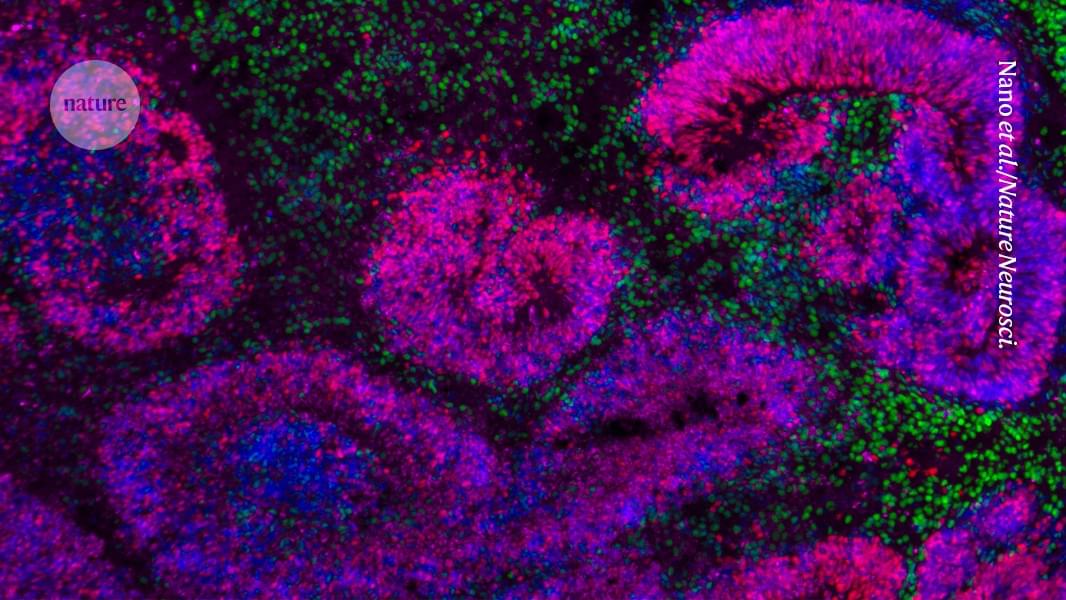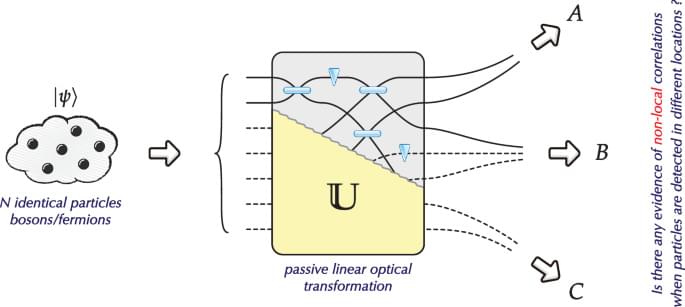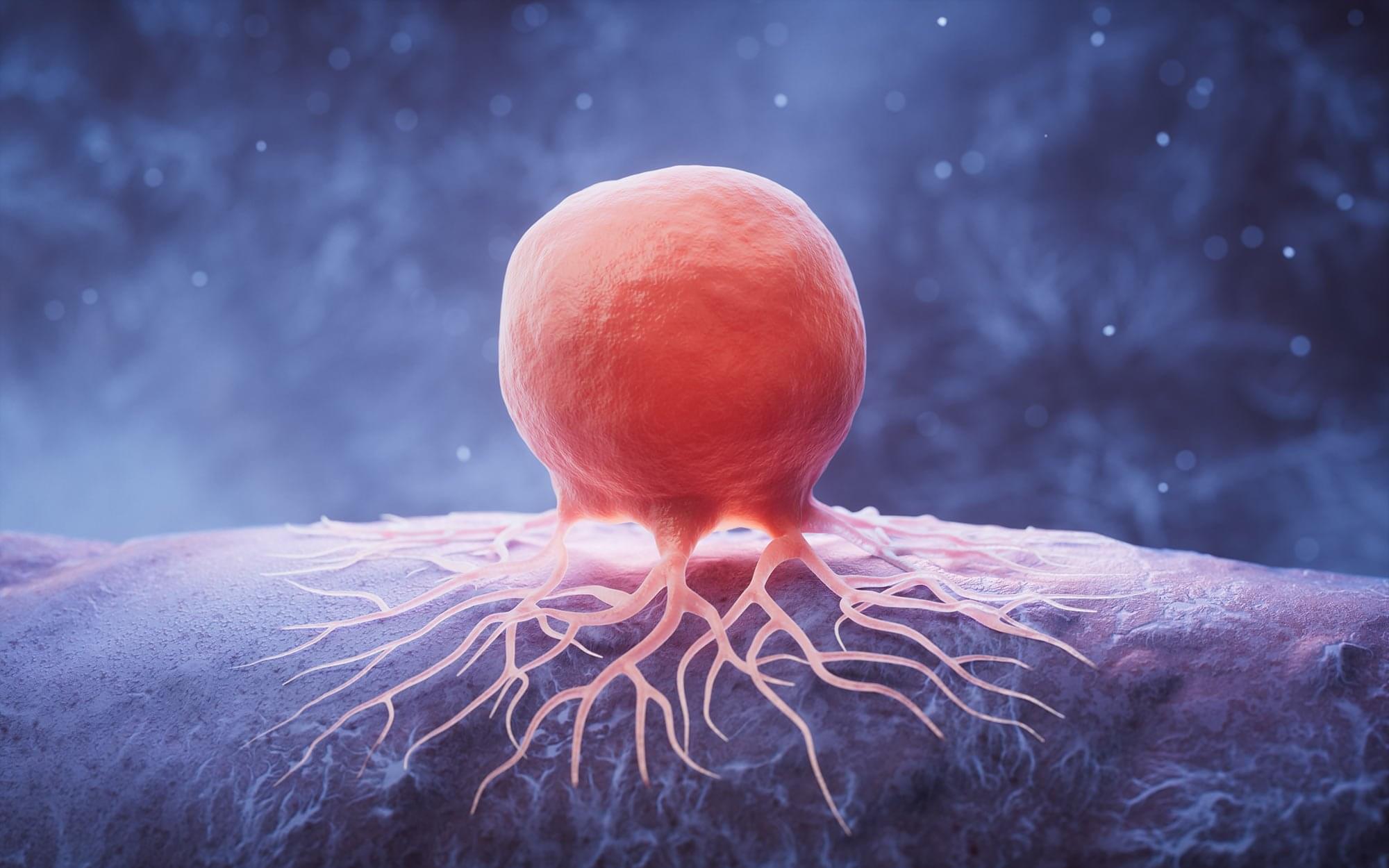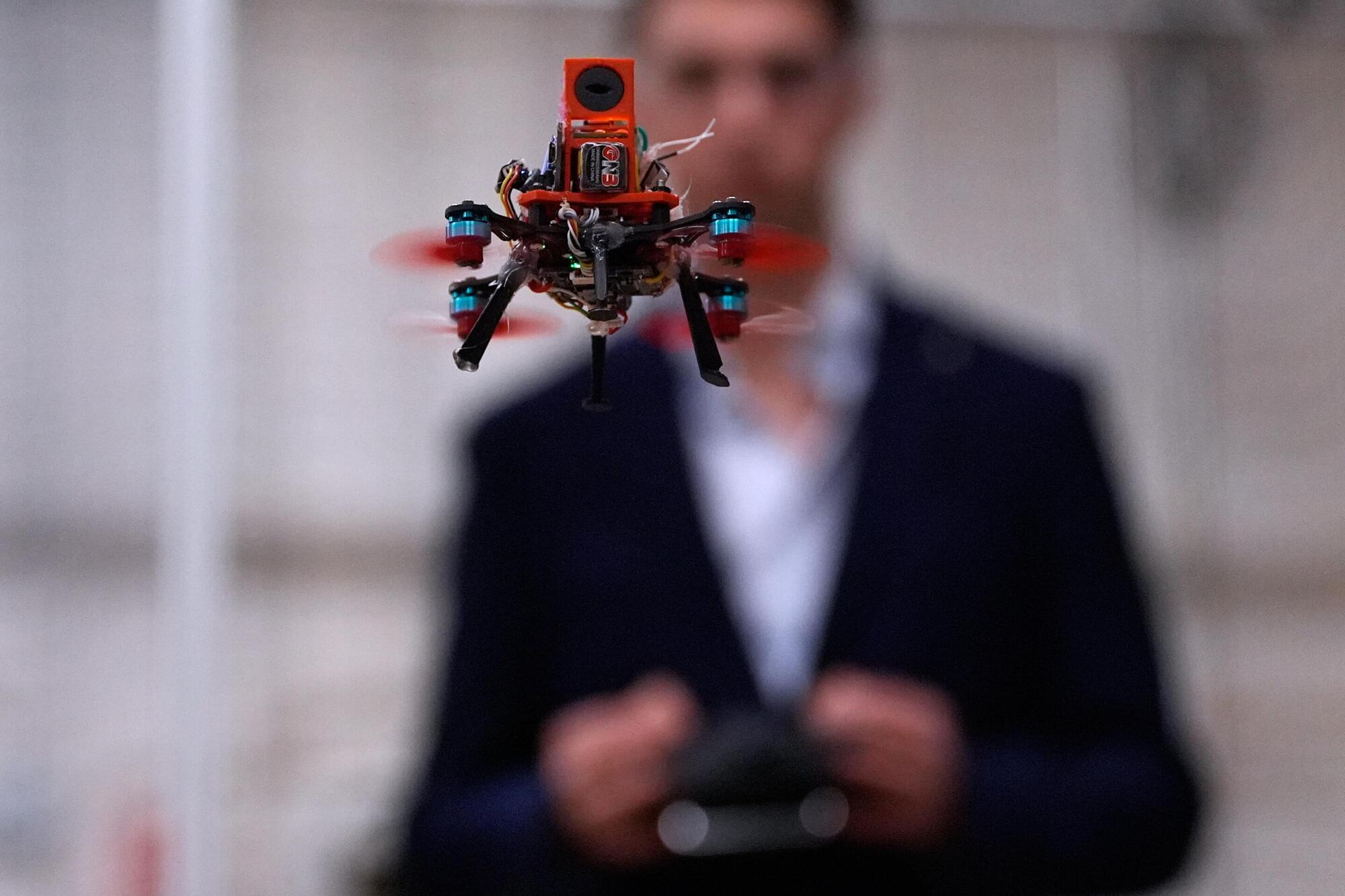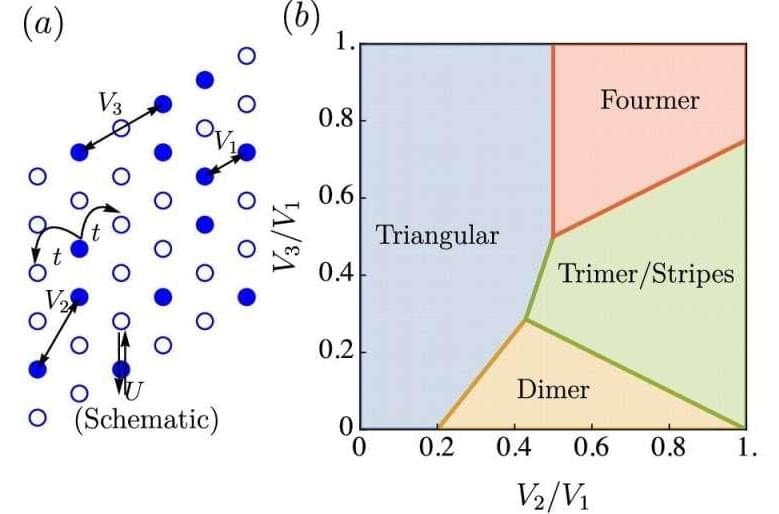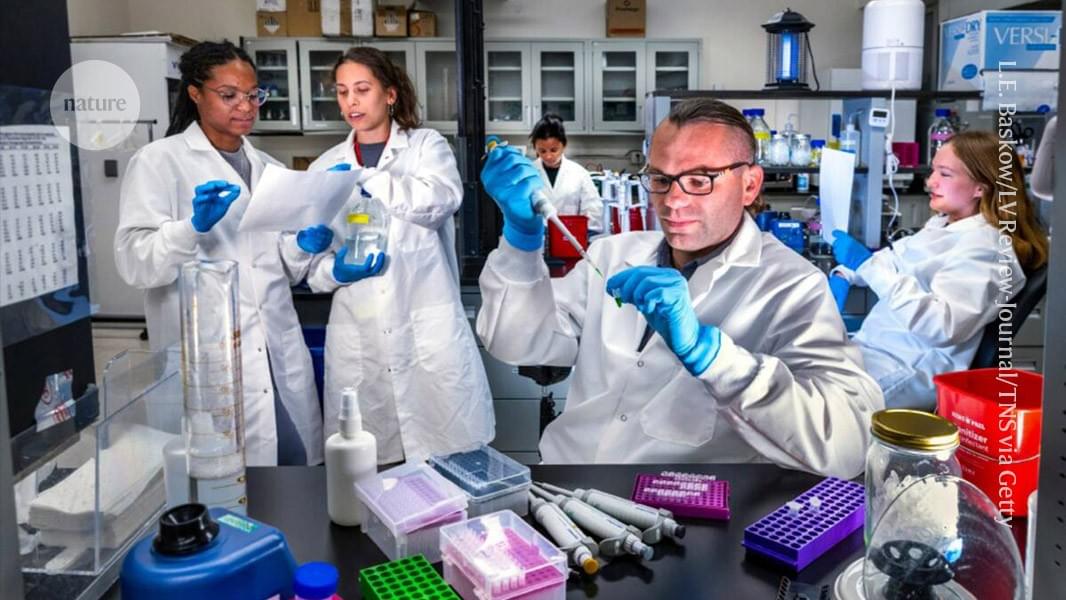Few moments are more heartbreaking for families of Alzheimer’s disease patients than when a loved one no longer recognizes them. New research from the University of Virginia School of Medicine published in Alzheimer’s & Dementia may reveal why that happens and offer hope for prevention.
UVA’s Harald Sontheimer, graduate student Lata Chaunsali and their colleagues found that when protective structures around brain cells break down, people may lose the ability to recognize loved ones. In lab studies, keeping these structures intact helped mice remember one another.
“Finding a structural change that explains a specific memory loss in Alzheimer’s is very exciting,” said Sontheimer, chair of UVA’s Department of Neuroscience and member of the UVA Brain Institute. “It is a completely new target, and we already have suitable drug candidates in hand.”

